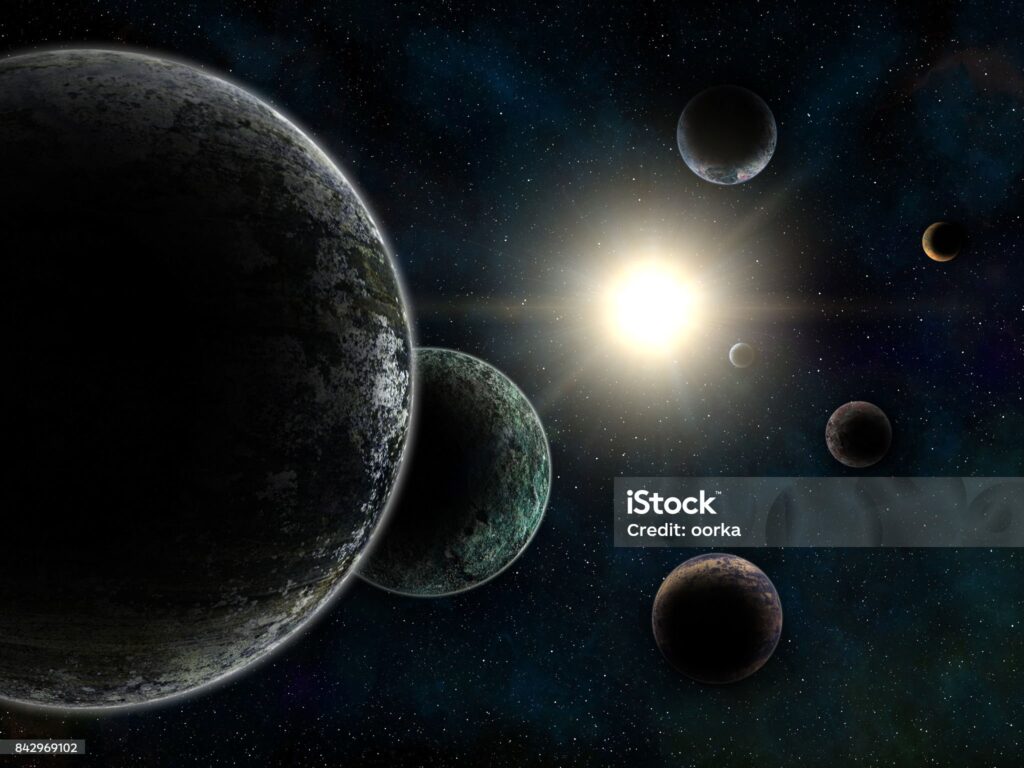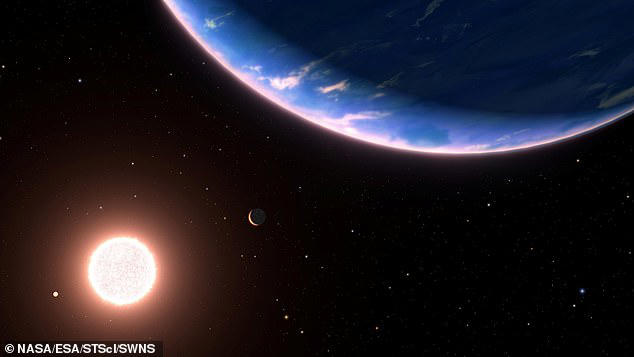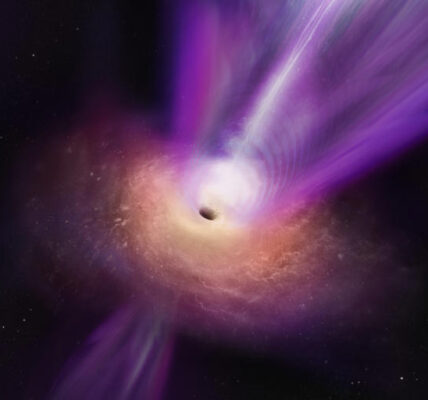Potentially Habitable Exoplanet: 5 Astonishing Discoveries You Need to Know
Table of Contents
TogglePotentially Habitable Exoplanet: A New Hope for Finding Alien Life
Potentially habitable exoplanet LHS 1140 b, discovered using NASA’s James Webb Space Telescope, could have liquid water and a nitrogen-rich atmosphere, raising hopes for finding alien life.
This search may be closer to a breakthrough with the discovery of a potentially habitable exoplanet called LHS 1140 b. An international team of scientists used observations from NASA’s James Webb Space Telescope (JWST) to learn more about this intriguing world, which may be our best bet yet for finding alien life.

© Provided by Daily Mail
What Makes LHS 1140 b Special?
It’s what scientists call a “super-Earth” because it’s about six times the mass of our planet. This potentially habitable exoplanet orbits a small red dwarf star that’s roughly one-fifth the size of our sun. The planet is situated in its star’s “Goldilocks zone,” where conditions might be just right for liquid water to exist.
Understanding the Atmosphere
A key factor in considering LHS 1140 b a potentially habitable exoplanet is its atmosphere. The team combined data from JWST, Hubble, and Spitzer space telescopes to perform a detailed spectroscopic analysis. This technique involves studying the light passing through the planet’s atmosphere to identify its chemical composition. Their findings suggest that LHS 1140 b could have a thick atmosphere, possibly rich in nitrogen, which is essential for life as we know it.
Liquid Water: The Essential Ingredient
On this potentially habitable exoplanet, there is a strong possibility that liquid water exists. LHS 1140 b’s position within the Goldilocks zone means it has the right temperature range for water to remain in a liquid state. Scientists believe there could be a vast ocean, referred to as a “Bullseye Ocean,” on the planet’s warmer side, which could cover roughly half the surface area of the Atlantic Ocean.
A Synchronous Orbit
One interesting aspect of LHS 1140 b is its synchronous orbit. This means that one side of the planet is always facing its star, while the other side is in constant darkness. This setup could result in extreme temperature differences between the two sides. However, the side facing the star could be warm enough to support liquid water, with surface temperatures around 20°C (68°F), comparable to the higher end of sea temperatures around the UK in summer.
A Calm Star Environment
Another advantage of this potentially habitable exoplanet is the relatively calm nature of its star. Compared to the stars in systems like TRAPPIST-1, LHS 1140 b’s star shows less activity in terms of sunspots and solar flares. This calmness makes it easier for scientists to study the planet’s atmosphere without interference, providing clearer insights into its potential to support life.

© Provided by Daily Mail
The Road Ahead
While the initial findings are promising, more observations are needed to confirm the details about LHS 1140 b’s atmosphere and its potential to support life. Future studies with JWST and other telescopes will continue to focus on this potentially habitable exoplanet, seeking more precise data about its environment.
Why It Matters
Discovering a potentially habitable exoplanet like LHS 1140 b is significant because it brings us closer to answering one of humanity’s biggest questions: Are we alone in the universe? If we can confirm the presence of liquid water and a stable atmosphere on this distant world, it would be a major step forward in the search for extraterrestrial life.
Conclusion
LHS 1140 b stands out as a potentially habitable exoplanet with conditions that might support life. Its position in the Goldilocks zone, the possibility of liquid water, and a nitrogen-rich atmosphere make it an exciting target for future research. While we are still in the early stages of understanding this distant world, the discovery of LHS 1140 b gives scientists one of the best opportunities yet to study a planet that could harbor life. As we continue to explore the cosmos, each new finding brings us closer to answering the profound question of whether we are truly alone in the universe.
This discovery is not just a milestone for astronomers but also a source of wonder for all of us who gaze up at the stars and dream about what might be out there. The potentially habitable exoplanet LHS 1140 b represents hope and a new frontier in our quest to find life beyond Earth.
ALSO READ:
“Near-Earth Asteroids: 2 Shocking Close Calls That Nearly Shattered Earth!”




